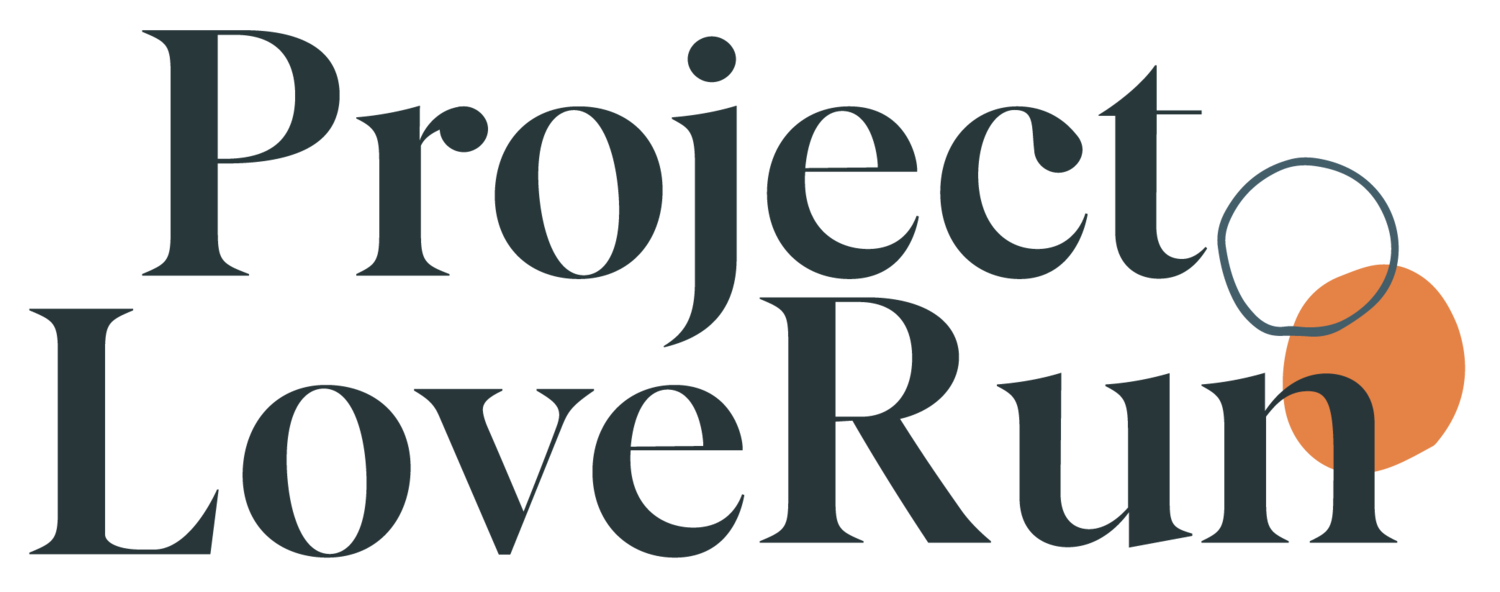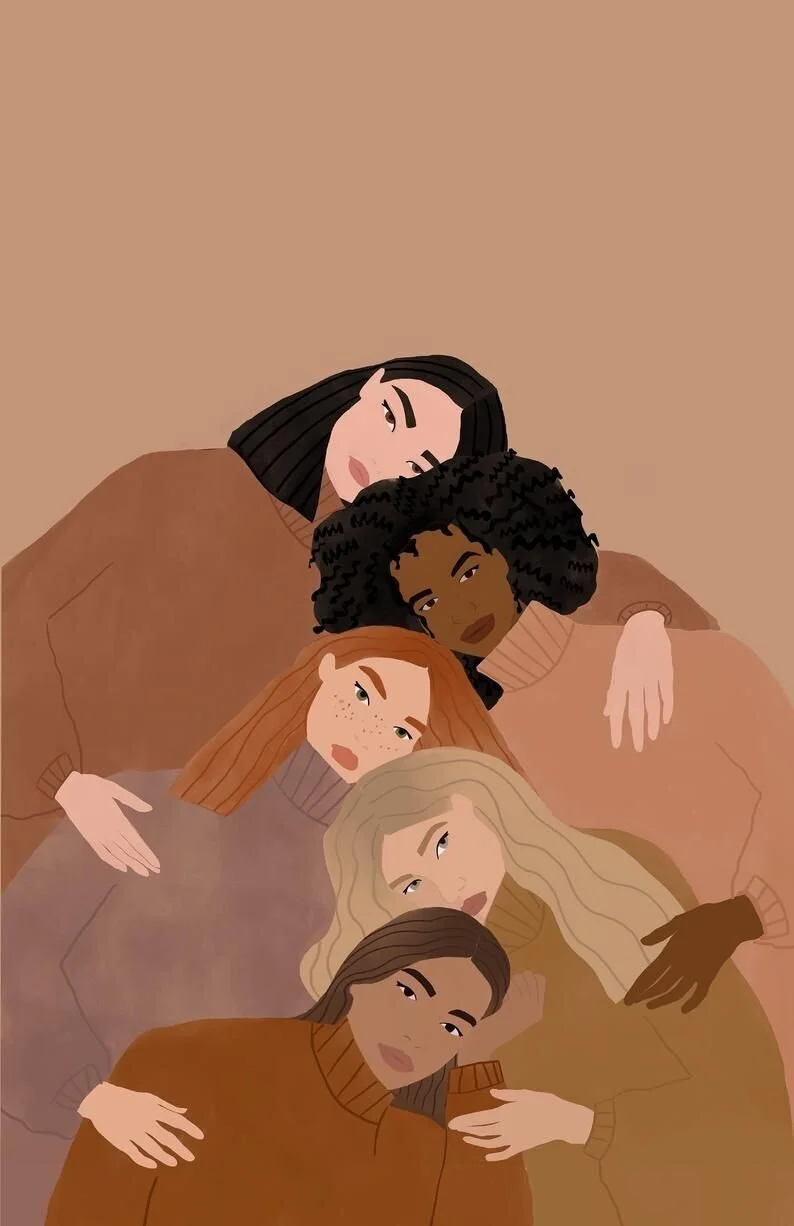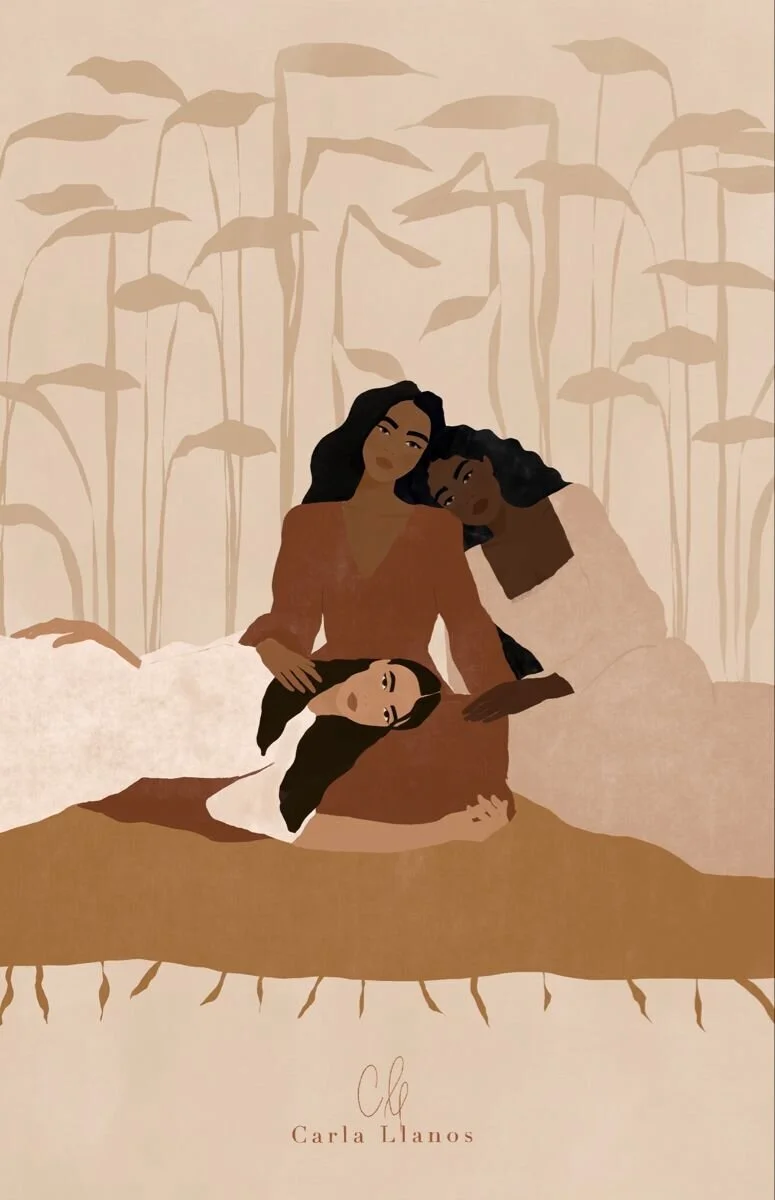Building Community: Femxle Friendships
Written by Mel Greene, Empowerment Coach
How do women form and cultivate diverse friendships in cities where diversity is lacking? How do I, a white womxn, meet Black, Indiginous and Womxn of Colour, and how do I do so in a way that adds value to their life and mine? As a white woman who has only lived in cities that aren’t flourishing meccas of diversity, I ponder these questions often.
In full transparency, I’m nervous about publishing this blog post. I’m not an expert on race or womxn or friendship. I write only from my lived experience as a white womxn who seeks friendship with a more diverse group of womxn. In that desire, I recognize that I only represent one person, a white womxn, who does not and can not understand the lived experiences of BIPOC. I write knowing that I may make mistakes and with an openness to learning from those mistakes.
My friend group is predominantly white. I haven’t consciously organized my life this way, however I imagine there are elements at play in my subconscious that have led to this outcome. I grew up in small town Ontario where the communities I frequented were and still are glaringly white. My elementary and high schools had a handful on non-white students. Even after I moved across the country to attend the University of Victoria in British Columbia, I found myself surrounded by whiteness and making mostly white friends.
Since that time, I’ve actively seeked more diverse friendships. In doing so, there are some questions that come up for me repeatedly. Am I tokenizing people by seeking BIPOC friendships? What do I have to offer BIPOC? How can I create safe and comfortable spaces for BIPOC?
At the root of these questions is my inherent whiteness. As I said above, I can’t and won’t know what it’s like to be a BIPOC. I don’t know what it’s like to live in a city where my skin colour is the minority. I don’t know what it’s like to form friendships with womxn who benefit from the systemically racist power structure that have harmed me and my ancestors. I am the benefited womxn.
What I do know is that cultivating diverse friendships contributes to a fulfilling life, and if I (a white womxn) want to live this kind of fulfilling life, it’s my responsibility to be a safe white friend.
My own white fragility has an undercurrent in my exploration of this topic, both in writing this article and in taking other actions out in the world. A fear that I’m going to say or do the wrong thing that at times renders me motionless. One of the problems with this is that it places my need for personal comfort over the need for supporting diversity in friendships and supporting my non-white friends. Doing nothing and allowing my friendships to remain predominantly white reinforces the status quo of systemic racial divisions.
So what can I do? After a lot of contemplation on this question, I see it’s not a matter of seeking more diverse friendships. It’s more about becoming the sort of person who finds themself in diverse settings and is open to learning and practicing how to be a better friend and ally.
I can and do look for groups of people that aren’t all white. I’ve found groups in my adult years that offer this, particularly running groups. While the running groups in Vancouver that I’m familiar with are still predominantly white, they aren’t all exclusively white. These running groups offer me the opportunity to get to know people on the basic level of a shared love for running, and to deepen relationships with those I click with on other levels. Showing up to diverse spaces with a desire to create diverse friendships will open the opportunity to connect with diverse people. However, it’s not OK to just show up and expect that that’s enough to cultivate more diverse friendships.
Once I’m there, how do I be a safe person for BIPOC to connect with? BIPOC have a whole life and history of being harmed by white womxn. And white womxn have a whole life and history of benefitting from the harm of BIPOC. When I think about this privilege that I inherently receive solely based on the colour of my skin - really think about it - I feel sick. I’m embarrassed. I’m ashamed. This white guilt centers my own experience over the experience of the BIPOC around me; it makes my discomfort and my need for forgiveness and recognition more important than the need for the systemic changes that will cultivate the space for diverse friendships to grow in a mutually beneficial fashion.
Artwork by Carla Llanos Illustrations
Artwork by Carla Llanos Illustrations
There are many resources available to me to learn more about my guilt, privilege, and the impact my actions and non-actions have.
For starters, there are many BIPOC to learn from and follow on social media, many of whom also write books, offer courses and speak publically. Rachel Ricketts, Jordan Marie Daniel, Rachel Cargle and Rini Jones to name a few. Learning from these and many more womxn has opened up new perspectives and offered a wealth of information about how I can be a better ally and friend. It is on my own time, consuming and paying for the work of these and many other womxn that I learn. Out in the world with my friends is where I practice what I’ve learned to contribute to the cultivation of more diverse friendships. I of course still have much to learn and as I stated at the beginning - I am not an expert on race, womxn or friendship. Cultivating diverse friendships is an ongoing back-and-forth of learning, accepting feedback and doing better.
Educating other white women is a hugely important and necessary part of being a friend and ally to BIPOC. Having conversations about our white privilege, systemic racism and about accountability is so important. Whether we’re discussing how we can be better allies or having a frank conversation about something problematic that’s been said or done, it’s through this dialog that white womxn break down our existential biases. It’s also a way to discover if our white womxn friends are safe to invite into diverse friendships. Because not all white womxn are safe. And when I discover a white womxn who is not safe, who is not on the same page as me about racism and diversity, I struggle. There is a balancing act that occurs between trying to educate and create dialog, and deciding it’s time to let someone who is unwilling to change go. I don’t have a tried and true method for figuring out when someone needs to go, I just know that it happens.
I’ll remind myself again here that I do not and will not know what it’s like to be the only or one of a few Black, Indigenous or Womxn of Colour in a room. Quite the opposite, I almost exclusively know what it’s like to be the majority in the room from a skin colour perspective. My comfort level in those rooms may be very different from others. Knowing that, I can and should do whatever I can to ensure that everyone in the room feels safe to be there, to share and be comfortable. The only relatable experience I have to offer is the feeling of being the only woman in a room full of men, and the bravery that’s required to speak up when something sexist has been said or happens. It’s uncomfortable and sometimes dangerous. Dangerous mostly in the way that I could lose a group of peers. But also at times dangerous in the way that I could encounter physical harm. When this happens, I remember that this situation would be more precarious and uncomfortable if I was a BIPOC womxn in that male dominated room, because those rooms are usually full of white men.
Because I only have my own lived experience to tell me what I can and should do, I think the best way to learn what are actually the best things to do for the BIPOC in my life is to ask them. How can I be a better friend? Better ally? What can I do in this moment to support you and our friendship? And then, be ready to listen. Be ready to have my beliefs about myself shaken. And be ready to change to contribute to the greater good of fulfilling diverse friendships.
I’m grateful for the womxn in my life that give me the space to learn and grow, especially the BIPOC who live the racialized experiences every day that I only learn about. It’s through this continued learning, feedback and evolving layers of vulnerability that beautifully diverse friendships will be cultivated.



